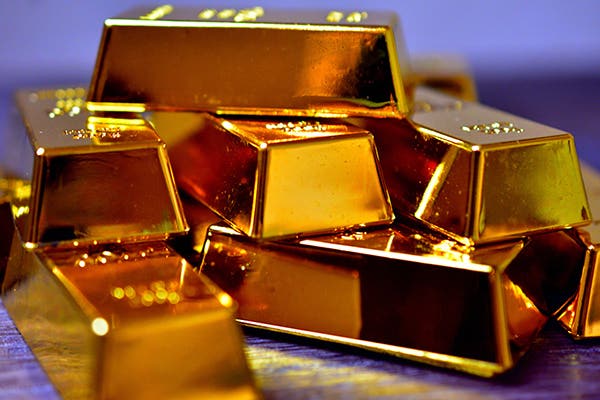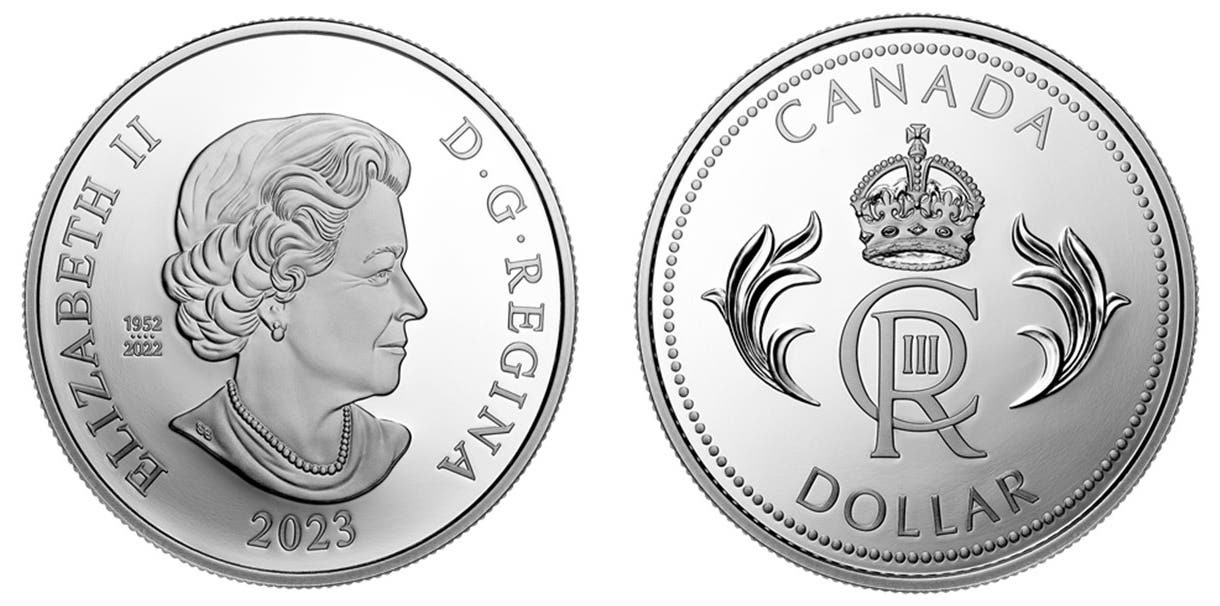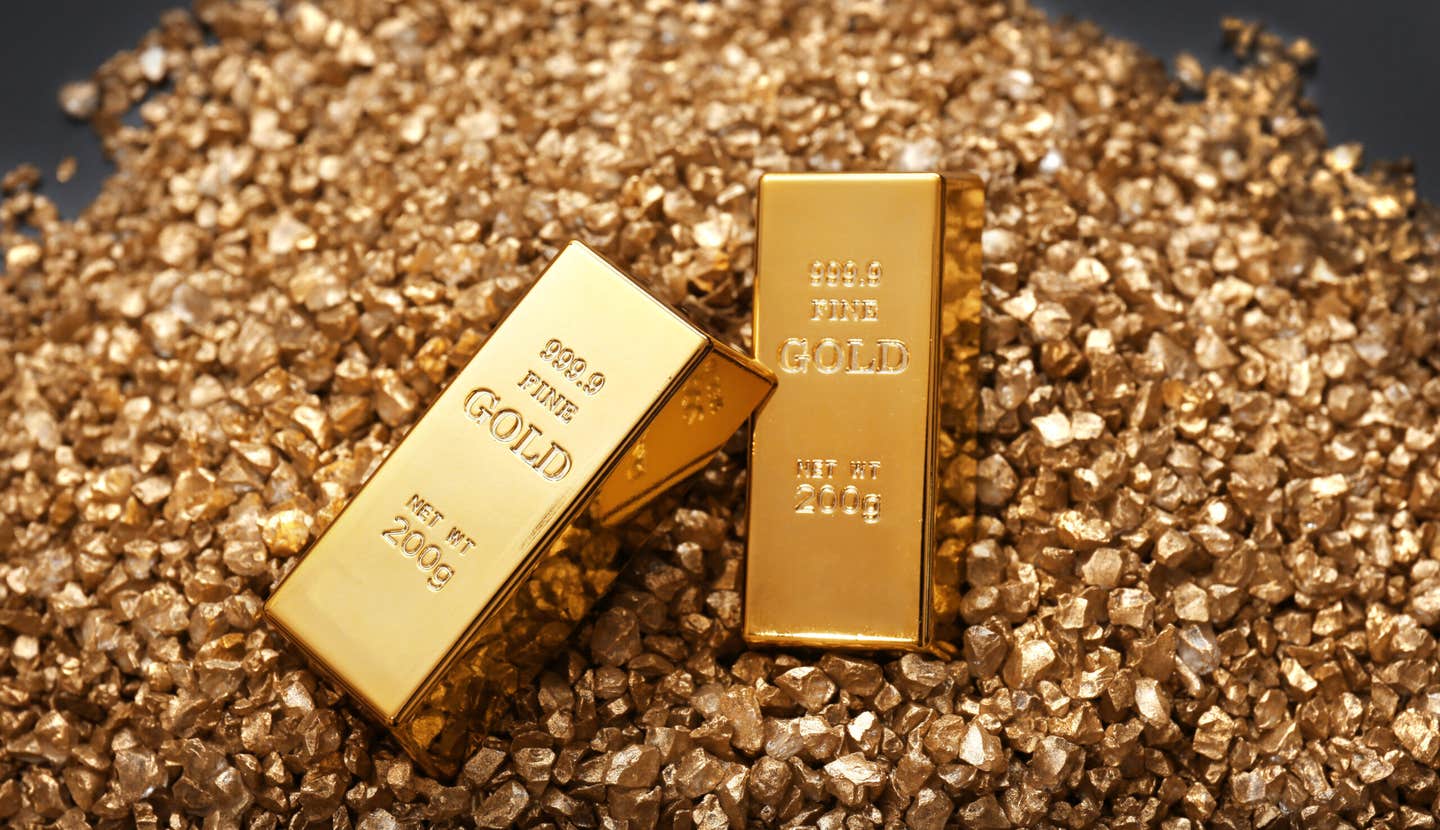Are There Massive Gold/Silver Forwards and Swaps?
Most trading of gold and silver involves the use of paper contracts. A forward contract involves a privately negotiated agreement between a buyer and seller to trade an asset at…
Most trading of gold and silver involves the use of paper contracts. A forward contract involves a privately negotiated agreement between a buyer and seller to trade an asset at a future date at a specified price. A gold or silver swap can involve one party delivering the physical metal now at a specified price where the physical metal is promised to be returned at a specified future date and price.
With gold and sometimes silver, such contracts are often between central banks or between central banks and financial institutions that trade precious metals (referred to as bullion banks). Because it involves the same quantity of metal, swaps are also referred to as repurchase agreements.
The use of forward and swap contracts can be used for normal business purposes. As an example, to obtain financing to develop a new gold or silver mine, a mining company may “borrow” some physical metal at current price levels to liquidate to obtain the funds to pay the costs of developing the mine. Then, once the mine goes into operation, the mining company repays the physical metal at a future date or dates at a price that enables the party that loaned the gold to make a profit and cover their risk of default.
However, gold and silver forward and swap contracts can also be executed for the purpose of manipulating current precious metals prices. A party might obtain some physical gold or silver now in order to deliver it on the market, creating the image that there is more inventory available, putting downward pressure on prices. Then, after prices fall, this same party can then buy back the metal at a profitable lower price to close out the contract.
The information as to the amount of gold and silver forward and swap contracts extant is not publicly available. The Bank for International Settlements (BIS) is an international organization that trades gold forward and swap contracts. Its periodic financial reports give bare bones information on such trading activity.
For example, you can review the fiscal year March 31, 2022, financial statements here. On the balance sheet on page 159 of the document it lists assets of “Gold and gold loans” on March 31 of 39,656,200,000 Special Drawing Rights (approximately $50.8 billion US). Under liabilities it reports “Gold deposits” of 18,858,800,000 Special Drawing Rights (approximately $24.2 billion US).
On the statement of comprehensive income on page 161 it states a net change in gold fair value during the year of 682,500,000 Special Drawing Rights (about $874.3 million US) which is not included in the BIS net profit for the fiscal year.
For an explanation of the gold assets, you have to look at Note 3 on page 179. This note reveals that some value of gold assets is also included in “Other equity accounts.” Note 4 on pages 179-180 discloses that “Derivatives financial instruments” includes, among other assets, gold options, gold swaps, and gold forwards, but does not disclose the amounts of any of these gold categories.
Footnote 9 on page 182 states that the liability for “Gold deposits” is for gold placed with the Bank that originates entirely from central banks. This note does not disclose if the valuation comes from the date of deposit or if it is as of March 31, 2022.
There are various other references to gold and gold activity in the financial report, but nowhere could I find a single statement segregating gold positions and activity from all other assets and activity.
Recently, Gold Anti-Trust Action Committee consultant Robert Lambourne stated that the BIS information for October 2022 showed that the Bank only had open seven tons (about 225,000 ounces) of gold swaps, which might indicate that the BIS is exiting this financial activity. This was down from an open position of 501 tons (approximately 16.1 million ounces) at the end of January 2022.
Yet, last week, precious metals market analyst Alistair Macleod stated that the BIS reports a total of 10,662 tons (approximately 342.8 million ounces) of gold and 3.7 billion ounces of silver forward and swap contracts exist in global financial markets. My search through the BIS website did not find any source for this statement, but I really would like to corroborate or disprove this assertion.
Why?
If there really are 342.8 million ounces of physical gold in total that are owed someday to lenders (which are probably central banks), there simply is nowhere close to that much physical gold on the market to be able to return all of it. Annual new gold mine output is around 100 million ounces. There are about 6 billion ounces of gold extant in the world, with central banks and official organizations like such as the BIS and the International Monetary Fund holding about 900 million of those ounces. If a major gold debtor were to default on repayment of physical gold, that could create a tremendous demand for physical metal that would send the price skyrocketing.
The same situation exists for silver. Last week, the Silver Institute projected that combined global silver supply in 2022 will be about 1.03 billion ounces, almost all of it from mining and recycling sources. It also projected 2022 global demand at 1.1 billion ounces. After adjusting for the change in exchange-traded products (exchange-traded funds) inventories the Silver Institute calculates that the cumulative silver shortage from 2019 through 2022 will exceed 530 million ounces. With huge silver supply shortages, where could silver debtors hope to come up with 3.7 billion ounces of silver to cover their obligations?
If Macleod’s information is accurate, and it has usually been so in the past, gold and silver prices are destined to trade at far higher levels. That is why it is important to verify or disprove the stated amounts of open positions. If any readers can find the source of Macleod’s report of open forward and swap contracts for gold and silver, please send an email to numismatics@aimmedia.com. Thank you.
Patrick A. Heller was honored as a 2019 FUN Numismatic Ambassador. He is also the recipient of the American Numismatic Association 2018 Glenn Smedley Memorial Service Award, 2017 Exemplary Service Award, 2012 Harry Forman National Dealer of the Year Award and 2008 Presidential Award. Over the years, he has also been honored by the Numismatic Literary Guild (including twice in 2020), Professional Numismatists Guild, Industry Council for Tangible Assets and the Michigan State Numismatic Society. He is the communications officer of Liberty Coin Service in Lansing, Mich., and writes Liberty’s Outlook, a monthly newsletter on rare coins and precious metals subjects. Past newsletter issues can be viewed at www.libertycoinservice.com. Some of his radio commentaries titled “Things You ‘Know’ That Just Aren’t So, And Important News You Need To Know” can be heard at 8:45 a.m. Wednesday and Friday mornings on 1320-AM WILS in Lansing (which streams live and becomes part of the audio archives posted at www.1320wils.com).








